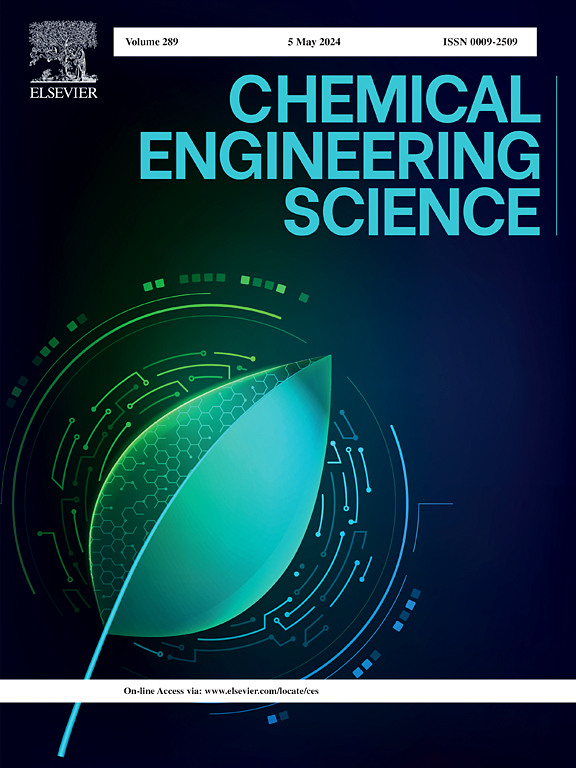摘要
绿色氢能与煤化工的结合对于煤炭清洁利用和低碳转型至关重要。本研究旨在利用人工智能辅助机器学习模型,特别是 BP-MLPNN 模型,有效预测合成气成分,解决原料多样性和工艺不确定性问题。BP-MLPNN 模型在合成气成分预测方面表现出卓越的可靠性和鲁棒性,其 MSE 和 RMSE 值分别从 0.002 到 11.61 和 0.05 到 3.41 不等,R2 值从 0.84 到 1.00 不等。这一性能在没有过度拟合的情况下超越了其他模型。随后,对 BP-MLPNN 模型进行了 SHAP 分析,以阐明 "黑盒 "模型的内部机制。开发了一个简单的界面输入 APP,实现了人机交互。该模型可减少煤化工与绿色制氢一体化系统分析中的不确定性,为量化其生产各类化工产品的优势和潜力提供技术指导和参考。Coupling of green hydrogen with the coal chemical industry is pivotal for clean coal utilization and low-carbon transition. This study aims to predict syngas composition efficiently using artificial intelligence-assisted machine learning models, particularly the BP-MLPNN model, addressing raw material diversity and process uncertainties. BP-MLPNN model demonstrates superior reliability and robustness in syngas component prediction, as indicated by significantly lower MSE and RMSE values ranging from 0.002 to 11.61 and 0.05 to 3.41, respectively, along with R2 values ranging from 0.84 to 1.00. This performance surpasses other models without overfitting. Subsequently, the BP-MLPNN model underwent SHAP analysis to elucidate the internal mechanism of “black box” model. A simple interface input APP was developed to achieve human–machine interaction. This model can mitigate uncertainties in analyzing the integrated coal chemical industry and green hydrogen production system, providing technical guidance and references to quantify its advantages and potential in producing various chemical products.

 求助内容:
求助内容: 应助结果提醒方式:
应助结果提醒方式:


